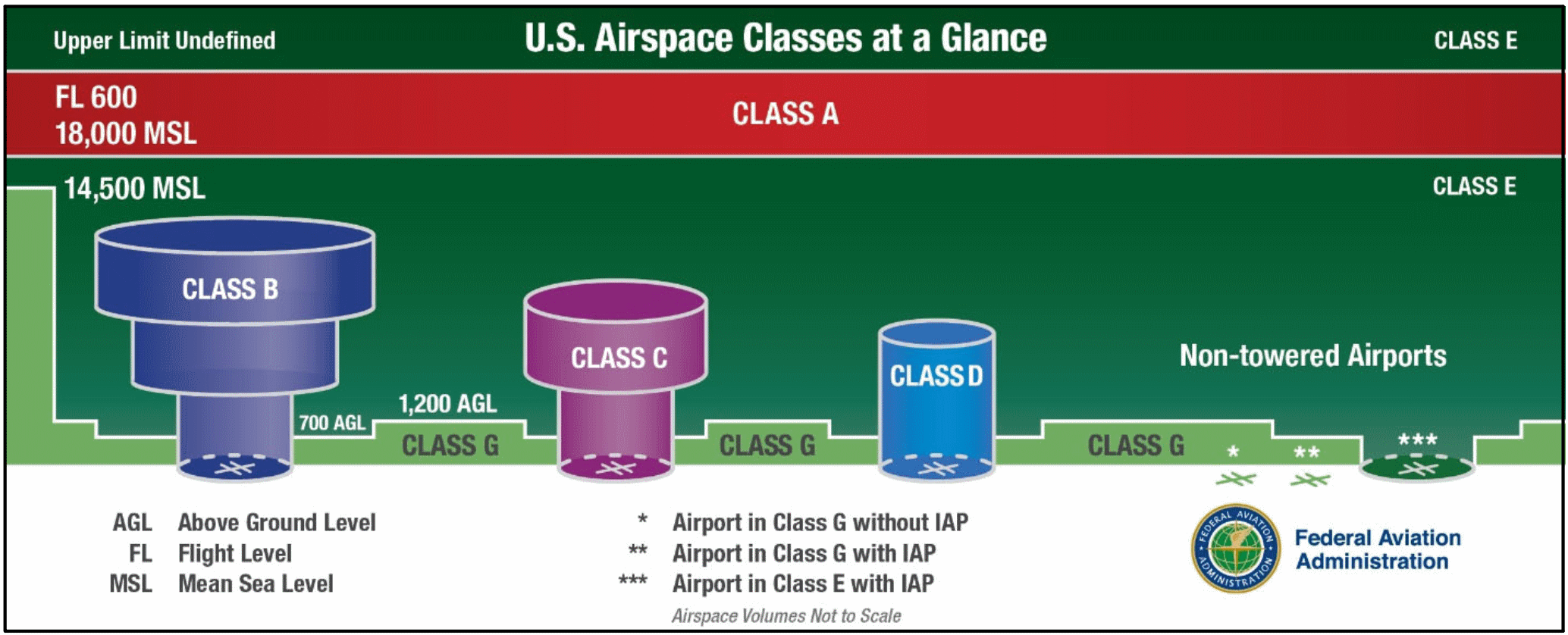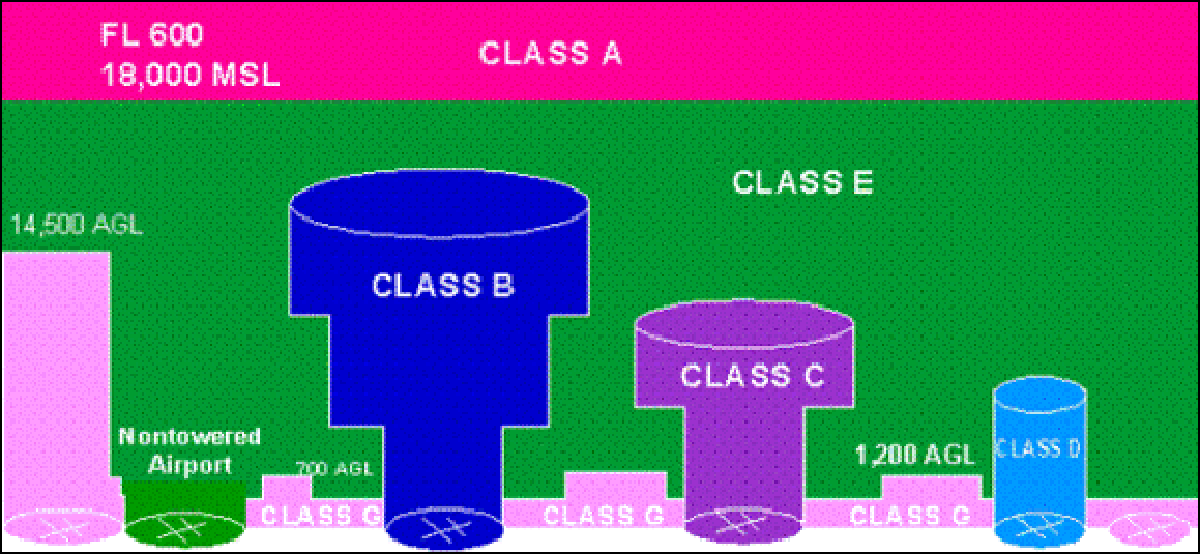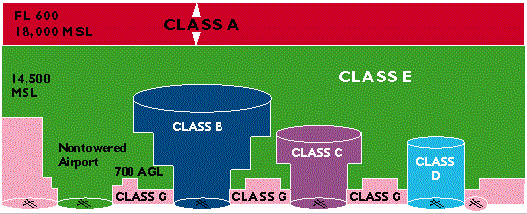class g airspace requirements
What is the difference between Class E and G airspace. Rules governing VFR flight.
If the airspace becomes Class G the extensions also become Class G airspace.

. Except when associated with a temporary control tower ATC does not have responsibility for or authority over aircraft in Class G airspace. Here is what to know. Think about aircraft speed restrictions.
Class G airspace is typically the airspace very near the ground 1200 feet or less beneath class E. 3 miles visibility 500 below 1000 above. 18 rows Class G 1200 feet or less above the surface regardless of MSL altitude.
In class G airspace aircraft may fly when and where they like subject to a set of simple rules. There are no entry or clearance requirements for class G airspace even for IFR operations. This helps separate slow flying traffic.
VFR visibility requirements in class G airspace are 1 mile 16 km by day and 3 miles 5 km by night for altitudes below 10000 feet 3050 m MSL but. The weather minimums in Class G airspace vary based on altitude whether it is day or night and proximity to an airport. Class G airspace uncontrolled is that portion of airspace that has not been designated as Class A Class B Class C Class D or Class E airspace.
FAR 91117 states that below 10000 feet MSL you cannot exceed 250 knots without a clearance. Airspace Flight visibility Distance from clouds Class A. 10000 feet MSL or higher 5 sm visibility Cloud.
Class G extends from the surface to the base of the overlying Class E airspace. Lets break the minimums down into three major categories. Air Traffic Services Chapter 2 Section 26 The services provided and flight.
IFR and VFR flights are permitted and receive flight information service if requested. However most regulations affecting pilots and. Rules governing VFR flight.
That is not otherwise designated Class B C or D airspace. Class G minimum weather requirements exist so that you can see and avoid other aircraft and stay out of the clouds. Typically Class G airspace includes all of the airspace below 14500 ft.
Student pilot operations at some Class B airports are prohibited. Class G airspace is uncontrolled airspace that has not been designated as Class A B C D or E. For aircraft other than helicopters.
Minimum speed is required for safety reasons 200 KIAS max within 4 nm and 2500 ft AAL except with ATC approval 250 KIAS max below 10000 ft AMSL unless a higher minimum. Its worth noting that Class G doesnt include 700 AGL. Pilots can operate as they choose barring any regulatory requirements restricting their movement such as low.
Although there is no legal requirement to do so many pilots notify Air Traffic Control of. On the sectional chart Class E extensions to a surface area are shown as dashed magenta shapes. 1 mile visibility clear of clouds.
NOTE- The airport listing in. Flight Rules Pilot Equipment Requirements. When flying 1200 AGL or below.
Class E is used for airspace between usually 2500 ft 760 m AGL around airports 1000 ft 300 m or 1700 ft 520 m. Day except as provided in 91155b 1 statute mile. The Class G airspace starts at the surface and extends up to 700 AGL if the bordering Class E begins at 700 AGL.
When a part-time Class D surface area changes to Class G the surface area becomes Class G airspace up to but not including the overlying controlled airspace. The only requirements are to have 1 mile of visibility and to stay clear of clouds.
Powered Parachute Flying Handbook Chapter 8 Airspace Classification And Requirements
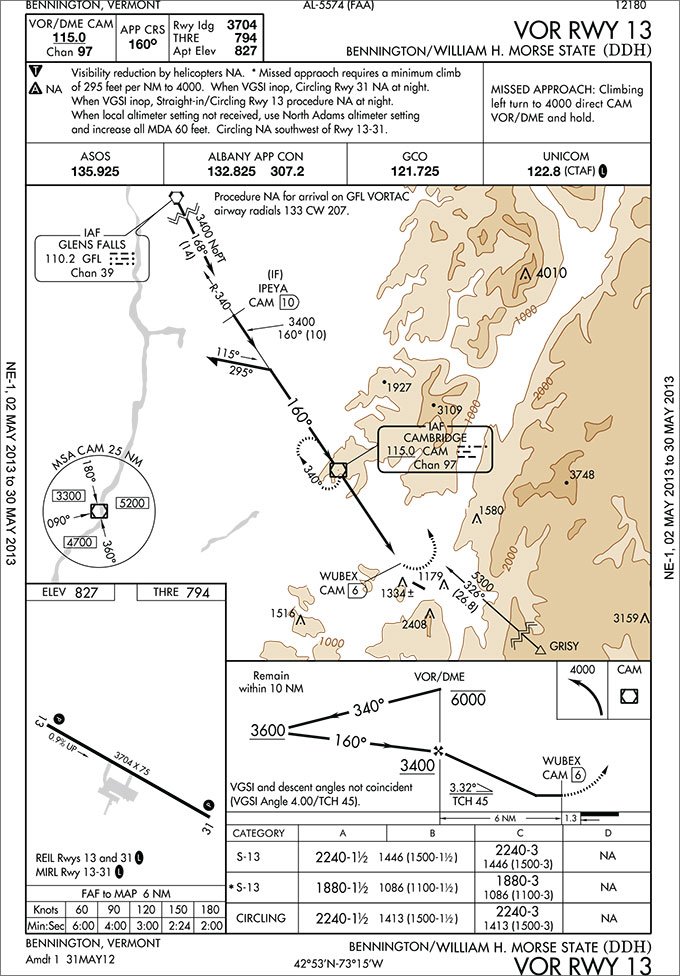
On Your Own In Class G Ifr Magazine

Bob Comperini Airspace Classifications

Federal Airspace Classifications Ppt Video Online Download
Regulations Vfr Minimums Learn To Fly Blog Asa Aviation Supplies Academics Inc

Class G Airspace Explained Boldmethod

Visual Meteorological Conditions Wikipedia
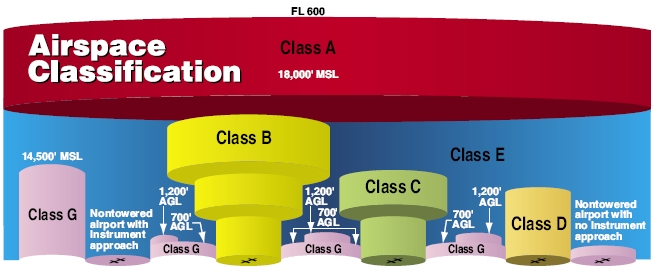
Activities Courses Seminars Webinars Alc Content Faa Faasteam Faasafety Gov
Airspace Classes Explained Bobbie Lind
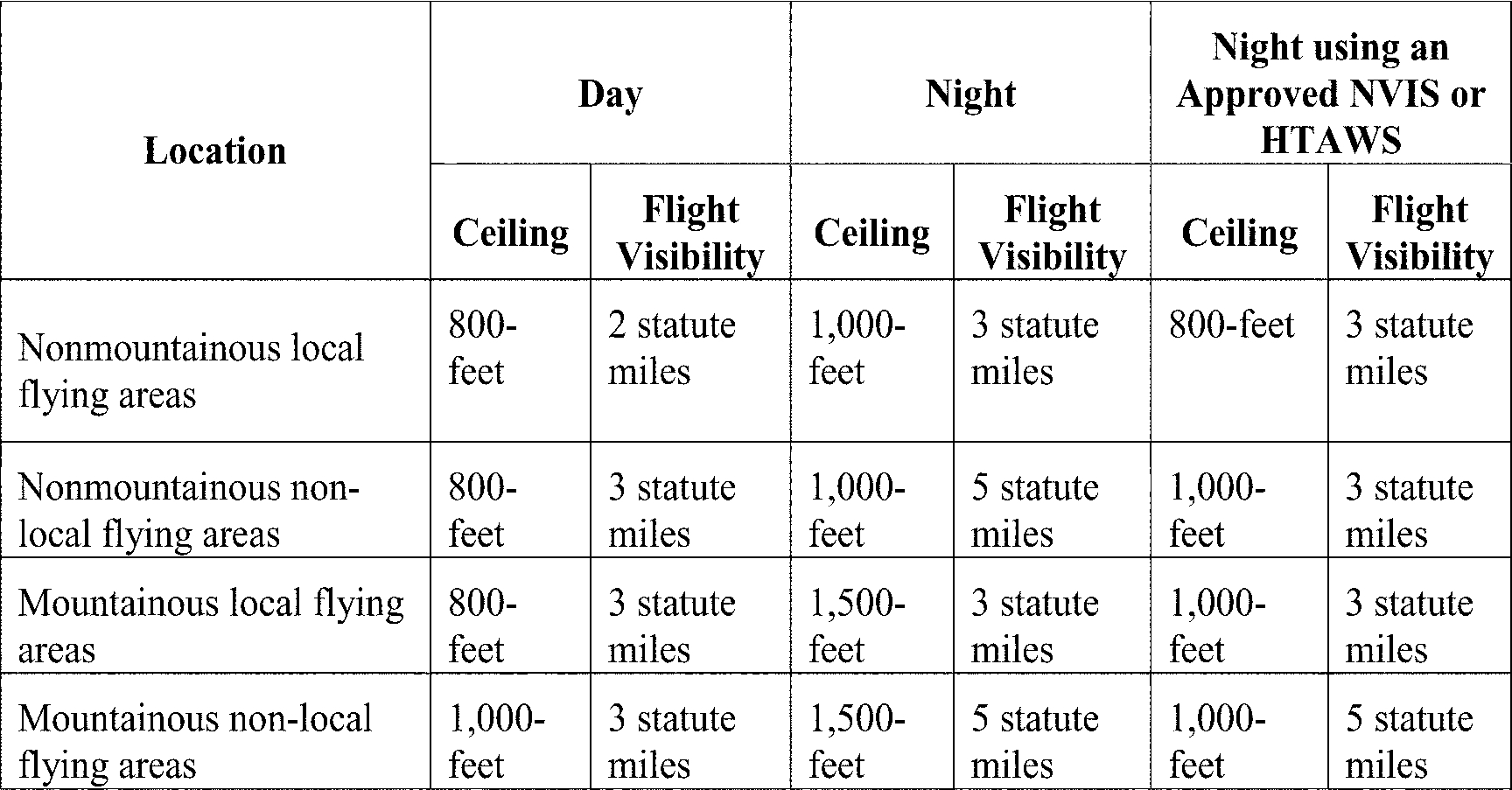
Far 135 609 Vfr Ceiling And Visibility Requirements For Class G Airspace Aviation Regulations


